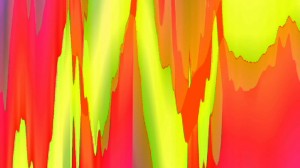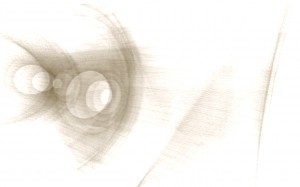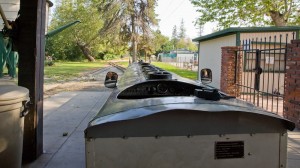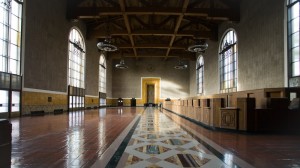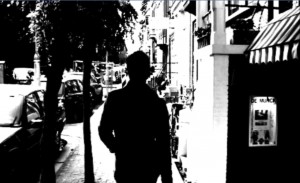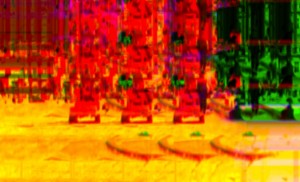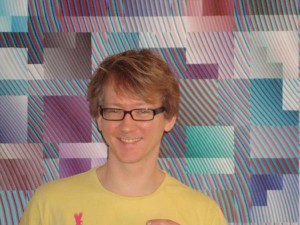Song Cycle for Haruki Murakami
Audio: The impetus of this work was four quotes out of Haruki Murakami’s novel “The Wind-Up Bird Chronicles.” The intention was to create a kind of pseudo-narrative out of just these four quotes; creating a new story out of fragments of the original. But beyond this, I wanted each movement of the work to be markedly different, thus depending on the visual presence of the quotes for coherency. Sonically, Murakami’s work made it very evident to me that, in the words of his main character, it should be “something concrete” (a phrase he often used to try and make sense out of the baffling world that surrounded him). Thus, the foundation material was derived from several ambient recordings that took place both inside and outside of my apartment in Chicago. These recordings were used to symbolize the “inner” and “outer” worlds; the interactions and tensions between which served to be the conceptual focus of my piece as it likewise was with Murakami. Soloists (cello, drum set, flute, and clarinet respectfully) were added in order to comment on these sonic environments and lend a sense of humanity and drama to the work.
Video: Matthew Dotson asked me to create the video supplement to this piece. His initial request was to have only simple, elegant white on black text. That posed a significant challenge to the creative process, as my goal was to visually link the textual elements of Murakami’s writings with the dynamics of Matthew’s composition. To accomplish this, I visually imitated themes from each movement (“insect wings”, “earth”, “dust”, and “lock”) through animating their elements by properties of the sonic spectrum (brightness, noisiness, amplitude, and pitch).
New Media artist Bart Bridger Woodstrup’s work takes the form of traditional musical composition, real-time interactive audio/video performance, multimedia installation and networked experience. His work lies within the union of electronic sound/image, space/object, and science/technology. A formal training in the visual arts provided the underpinning of his approach to sonic composition, in essence remapping Kandinsky’s studies back onto sound. Symbiotically, Bart’s visual works are often articulators of sonic realizations – a synesthesia.
He holds a Masters of Music from Northern Illinois University and a Masters of Fine Art from Rensselaer Polytechnic Institute. His work is shown regularly throughout the U.S. and abroad, and has been included at Siggraph, Inter-Society for the Electronic Arts, Society
for Electro Acoustic Music, Spark Festival of Electronic Music and Arts, Not Still Art Festival, Version>03, and the Chicago Underground Film Festival.
Matthew Dotson (b. 1981) is a composer of electronic and acoustic concert music as well as music for dance, video, and multimedia/installation. His inspiration comes, in a large degree, from world, folk, and popular music in addition to modern concert music. Technology is also a major focus of his work, both in creative application and societal implication. Recently he was an artist-in-residence at the Kimmel Harding Nelson Center for the Arts where he finished a work for piano and electronics for pianist Mabel Kwan. Other instrumentalists and ensembles he has worked with include the University of Iowa Center for New Music, percussionist Greg Beyer, flutist Erin Lesser, and bassoonist Stephanie Willow-Patterson. In the past three years he has had over 60 performances across the United States, Europe, and South America. Among his teachers are David Gompper, Lawrence Fritts, John Eaton, and James Phelps. More info can be found at www.matthewdotson.com
Song Cycle for Haruki Murakami
The impetus of this work was four quotes out of Haruki Murakami’s novel “The Wind-Up Bird Chronicles.” The intention was to create a kind of pseudo-narrative out of just these four quotes; creating a new story out of fragments of the original. But beyond this, I wanted each movement of the work to be markedly different, thus depending on the visual presence of the quotes for coherency. Sonically, Murakami’s work made it very evident to me that, in the words of his main character, it should be “something concrete” (a phrase he often used to try and make sense out of the baffling world that surrounded him). Thus, the foundation material was derived from several ambient recordings that took place both inside and outside of my apartment in Chicago. These recordings were used to symbolize the “inner” and “outer” worlds; the interactions and tensions between which served to be the conceptual focus of my piece as it likewise was with Murakami. Soloists (cello, drum set, flute, and clarinet respectfully) were added in order to comment on these sonic environments and lend a sense of humanity and drama to the work.
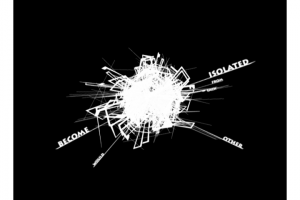
Matthew Dotson asked me to create the video supplement to this piece. His initial request was to have only simple, elegant white on black text. That posed a significant challenge to the creative process, as my goal was to visually link the textual elements of Murakami’s writings with the dynamics of Matthew’s composition. To accomplish this, I visually imitated themes from each movement (“insect wings”, “earth”, “dust”, and “lock”) through animating their elements by properties of the sonic spectrum (brightness, noisiness, amplitude, and pitch).
New Media artist Bart Bridger Woodstrup‘s work takes the form of traditional musical composition, real-time interactive audio/video performance, multimedia installation and networked experience. His work lies within the union of electronic sound/image, space/object, and science/technology. A formal training in the visual arts provided the underpinning of his approach to sonic composition, in essence remapping Kandinsky’s studies back onto sound. Symbiotically, Bart’s visual works are often articulators of sonic realizations – a synesthesia.
He holds a Masters of Music from Northern Illinois University and a Masters of Fine Art from Rensselaer Polytechnic Institute. His work is shown regularly throughout the U.S. and abroad, and has been included at Siggraph, Inter-Society for the Electronic Arts, Society for Electro Acoustic Music, Spark Festival of Electronic Music and Arts, Not Still Art Festival, Version>03, and the Chicago Underground Film Festival. www.vodstrup.com/bbw/
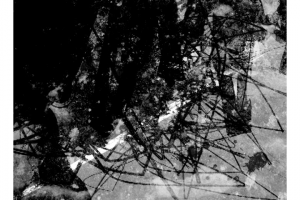
Matthew Dotson (b. 1981) is a composer of electronic and acoustic concert music as well as music for dance, video, and multimedia/installation. His inspiration comes, in a large degree, from world, folk, and popular music in addition to modern concert music. Technology is also a major focus of his work, both in creative application and societal implication. Recently he was an artist-in-residence at the Kimmel Harding Nelson Center for the Arts where he finished a work for piano and electronics for pianist Mabel Kwan. Other instrumentalists and ensembles he has worked with include the University of Iowa Center for New Music, percussionist Greg Beyer, flutist Erin Lesser, and bassoonist Stephanie Willow-Patterson. In the past three years he has had over 60 performances across the United States, Europe, and South America. Among his teachers are David Gompper, Lawrence Fritts, John Eaton, and James Phelps. More info can be found at www.matthewdotson.com
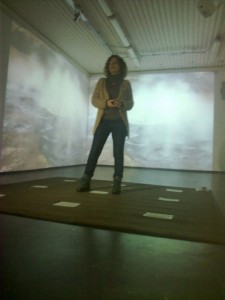
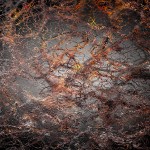
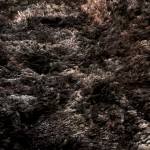
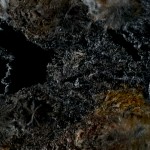
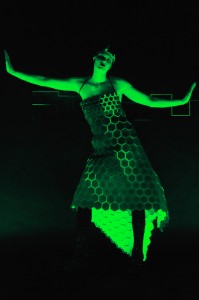
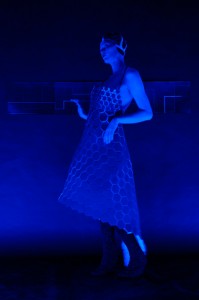
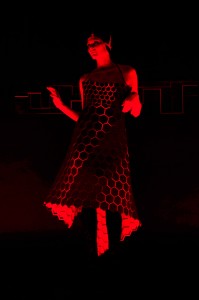
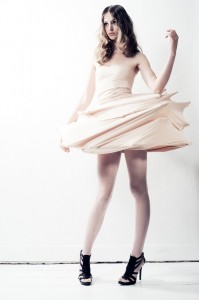
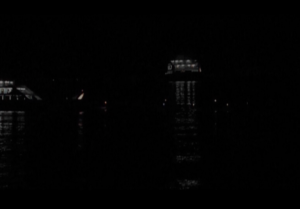
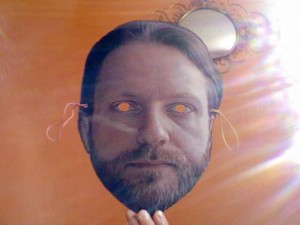
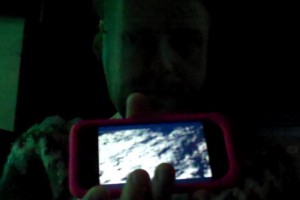
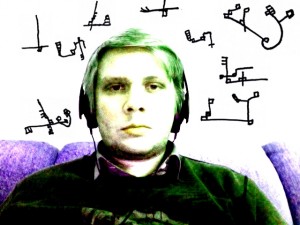
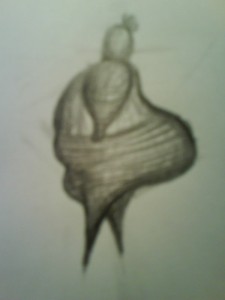
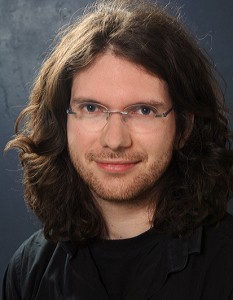
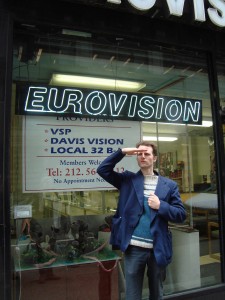
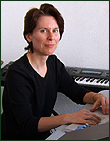
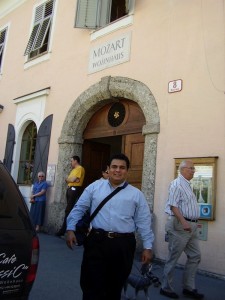
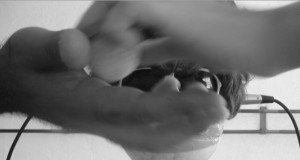
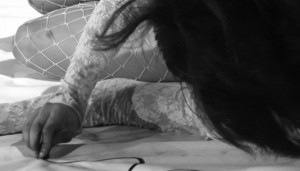
![an aversion to light [2] an aversion to light [2]](https://www.raflost.is/wp-content/uploads/2011/04/an-aversion-to-light-2-bw-noise-300x242.png)
